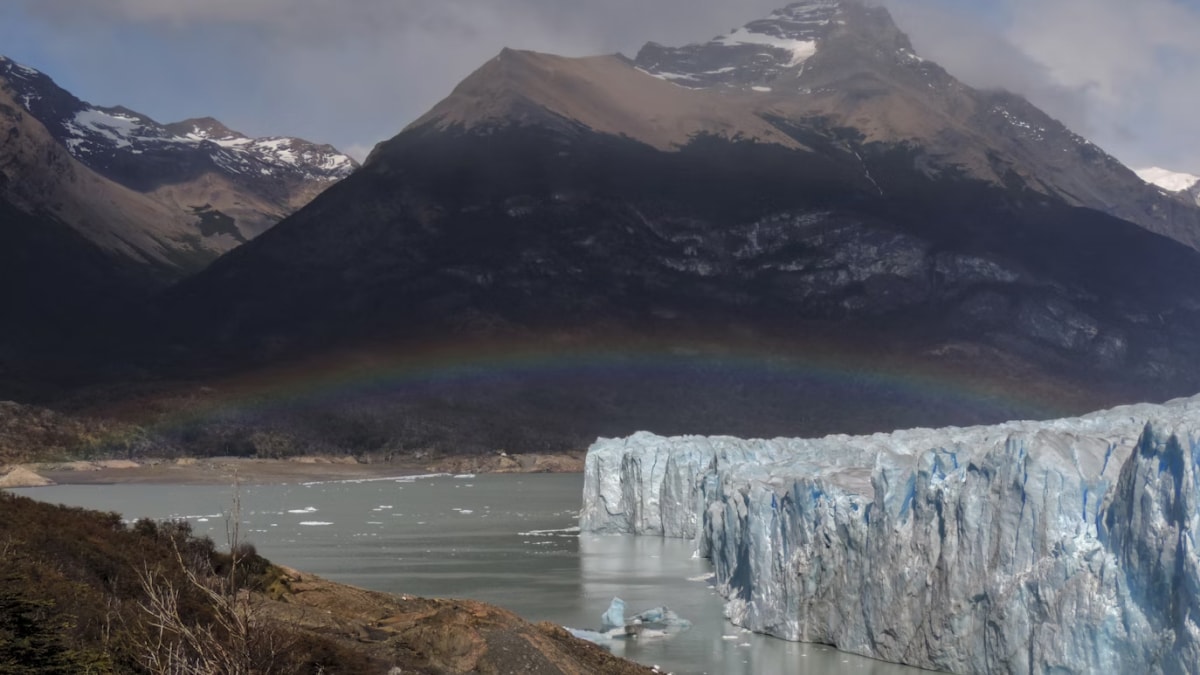
A team of scientists studying the Thwaites Glacier in Antarctica has found alarming signs of rapid melting. Often called the “Doomsday Glacier,” Thwaites is melting faster than expected, putting it on a dangerous path to collapse. This could have disastrous consequences for global sea levels, which may rise significantly. Researchers, part of the International Thwaites Glacier Collaboration (ITGC), have been working since 2018 to investigate this glacier and its future impact.
Rapid Melting and Rising Sea Levels
Rob Larter, a marine geophysicist at the British Antarctic Survey, told Science.org that Thwaites’ ice loss is accelerating, and projections indicate further retreat and increased speed. The collapse of this glacier could raise sea levels by more than two feet. Worse, as Thwaites acts as a cork for the larger Antarctic Ice Sheet, its breakdown could result in a rise of up to 10 feet, potentially flooding cities like Miami and London.
In a study published in the Advancing Earth and Space Sciences journal reveals that the Doomsday glacier might be entirely gone by the year 2300. This could have significant consequences for the current inhabitants of the planet.
Unexpected Melting Mechanisms
Researchers used the underwater robot Icefin to explore the grounding line of Thwaites. This is where the glacier meets the seabed, a key point for its stability. Images sent back by Icefin revealed unexpected melting patterns, including warm water penetrating deep into the glacier through cracks. Kiya Riverman, a glaciologist from the University of Portland, described this discovery as a significant moment for the scientific community.
The Future of Thwaites Glacier
The team, including Julia Wellner from the University of Houston, also analysed the glacier’s historical behaviour. They found that rapid retreat began in the 1940s, likely due to a strong El Niño event. While computer models suggest that certain catastrophic melting processes may be less likely, the outlook for Thwaites remains bleak. Eric Rignot, a glaciologist at the University of California, Irvine, warns that parts of Antarctica may already be collapsing.


